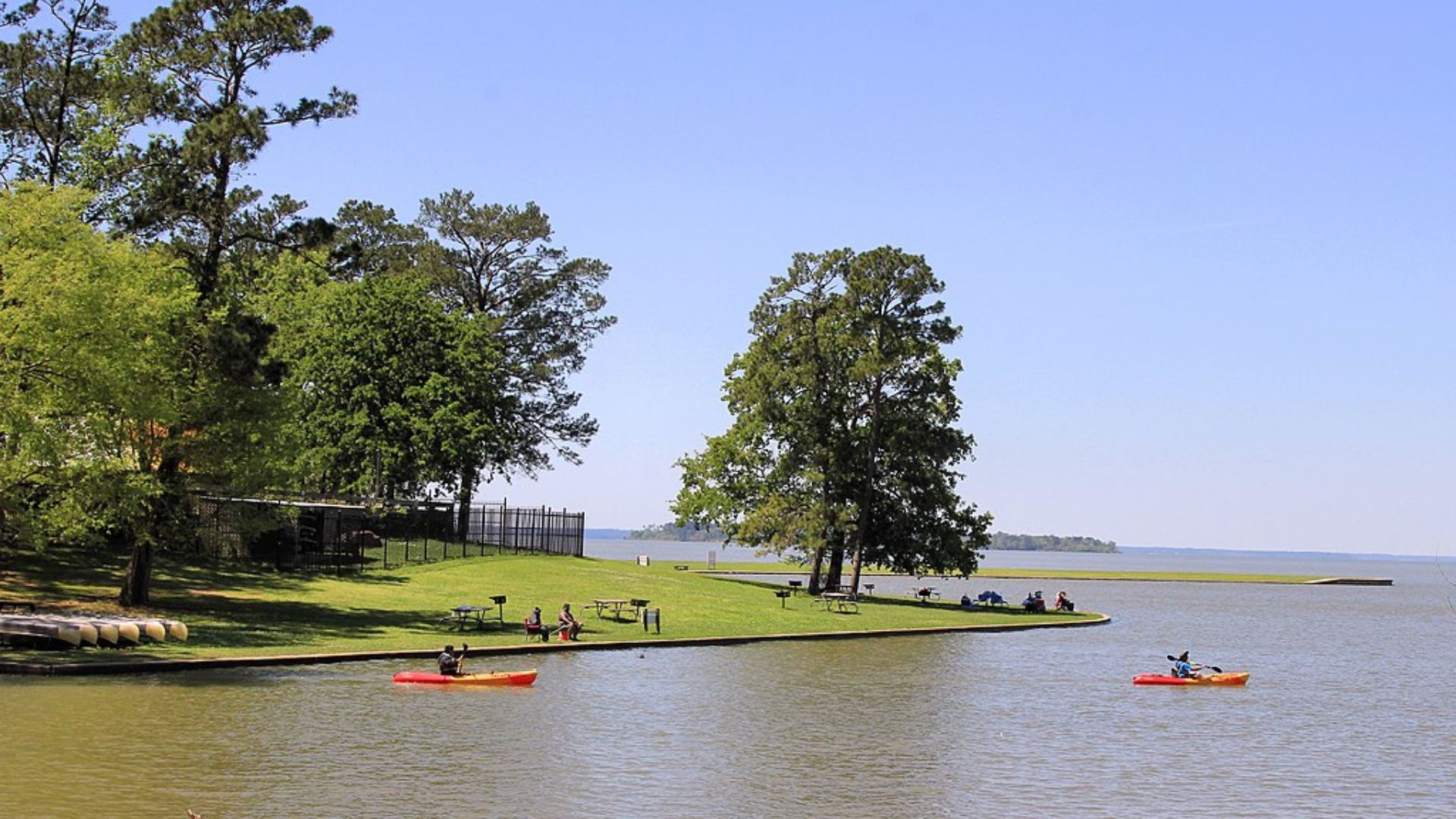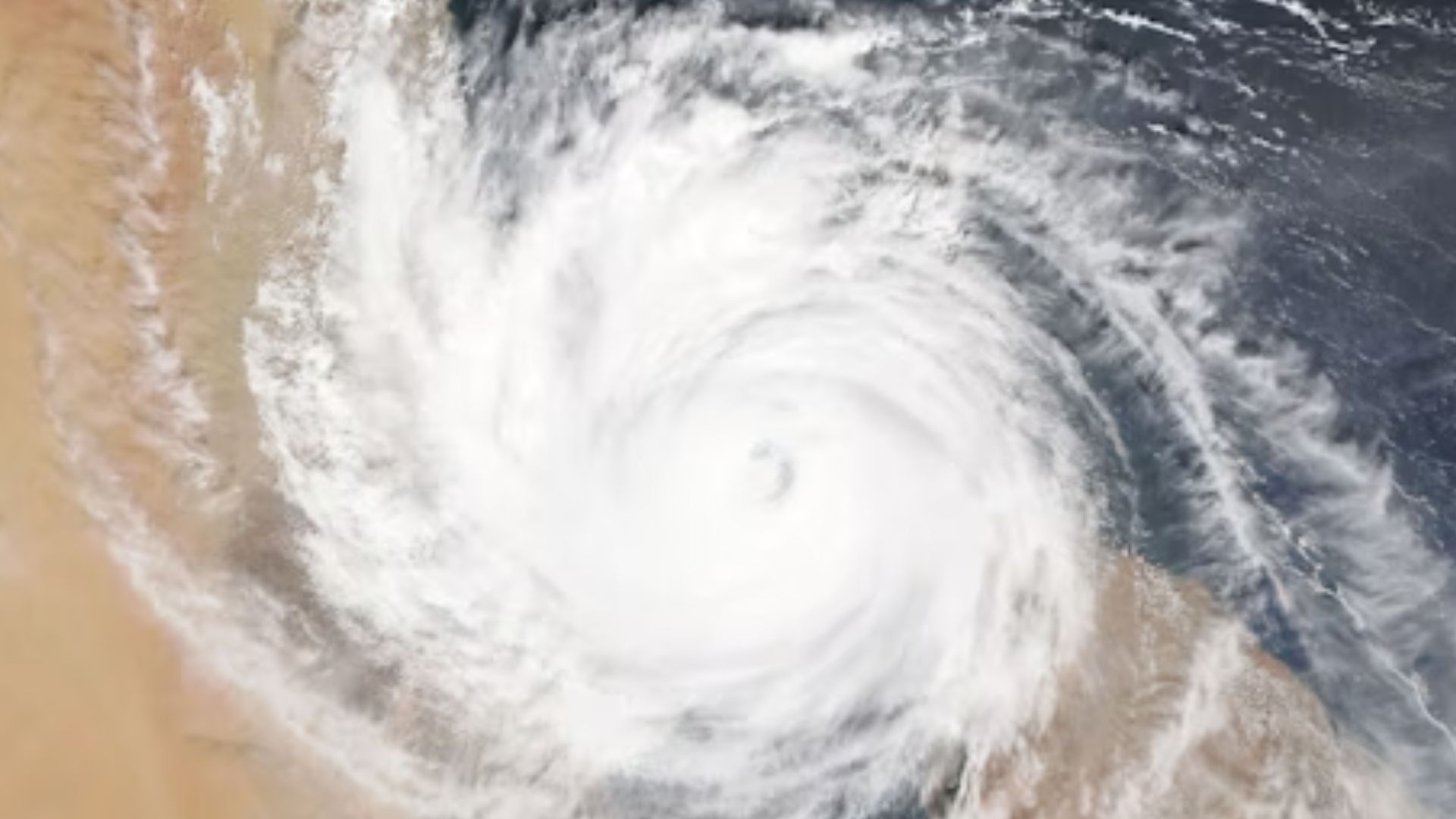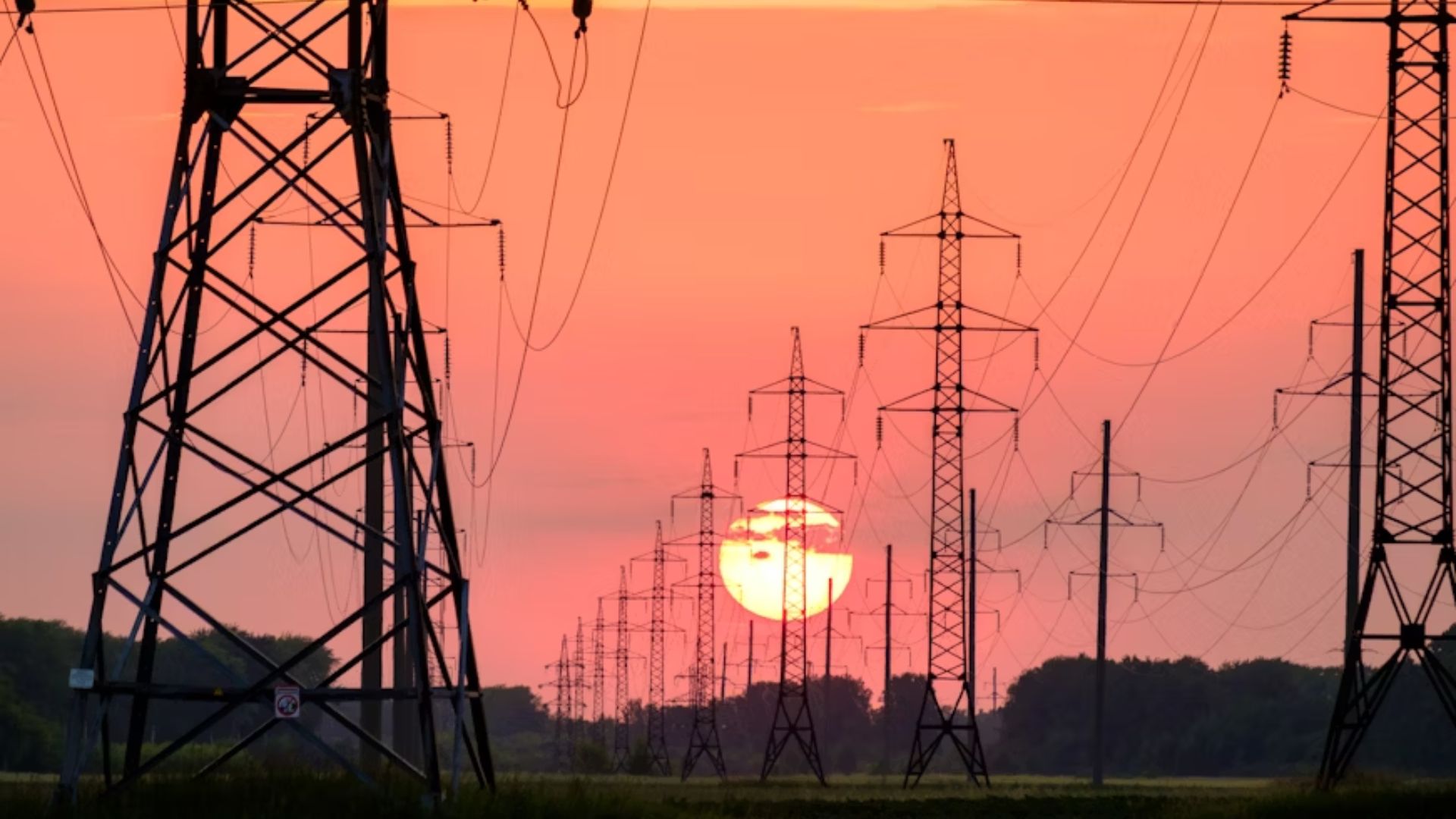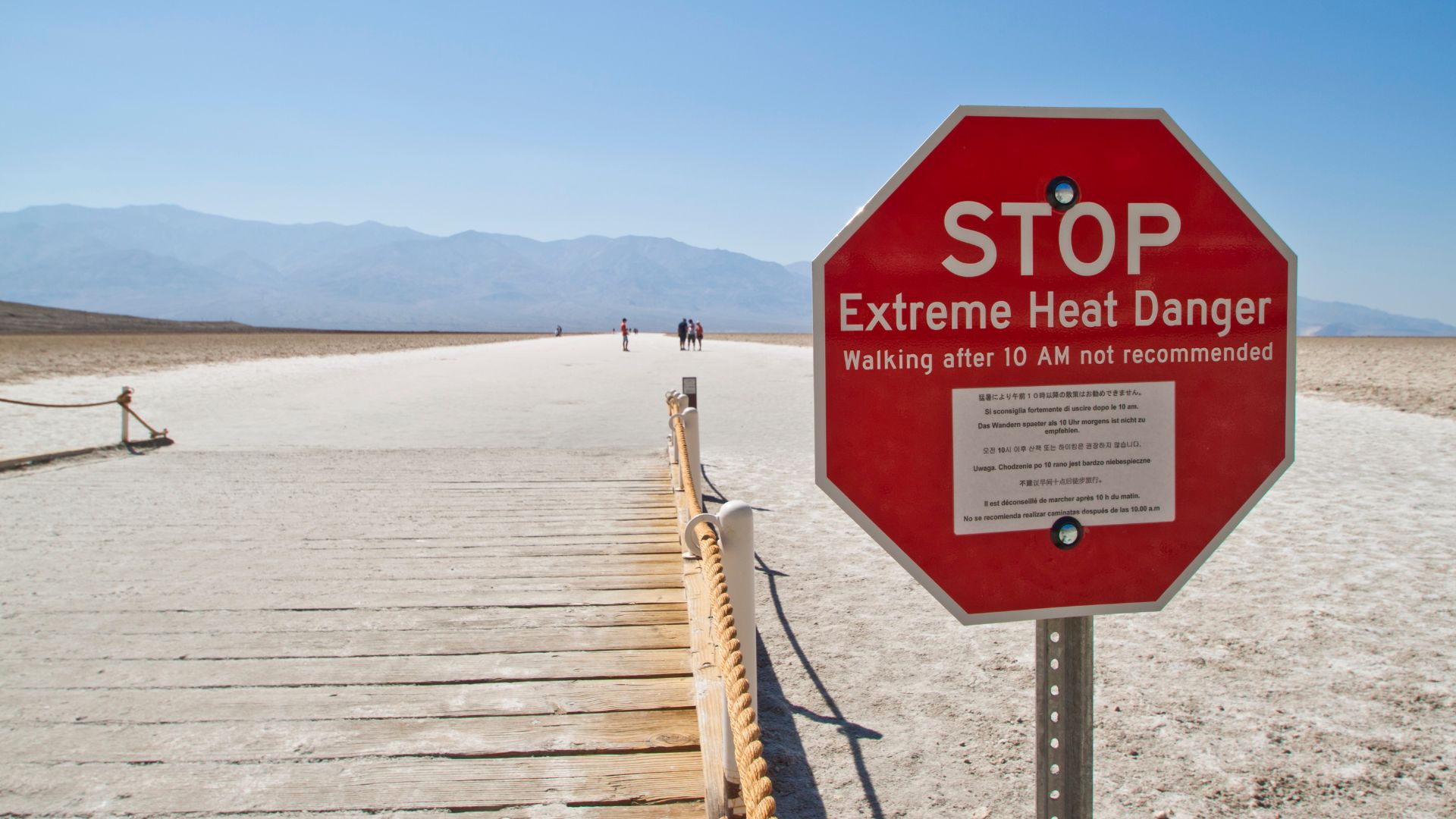Three more Texas counties have been approved for Federal Disaster Declaration following severe storms and flooding that began on April 26th. The approval from the Federal Emergency Management Agency (FEMA) will allow the counties to receive further assistance to “rebuild and recover”, said Texas Governor Greg Abbott.
The new approval of federal support for Ellis, Navarro, and Terrell counties, takes the number of Texas counties eligible for such support up to 35. Texans in these counties can apply for FEMA assistance via disasterassistance.gov or by calling 800-621-3362.
Texans Face Weeks of Meteorological Misery

Over the past eight weeks, East Texas has been battered by storms and flash flooding that have led to destruction, power outages and even death.
In early May, a 4-year-old boy was found deceased southeast of Fort Worth after he had been swept away by floodwater. At the same time, the level of excess water in Lake Livingston reached its highest level since 1995 – at 220,000 acre feet.
Governor Abbott Responds To Devastation

On May 15th, Governor Greg Abbott requested a Presidential Disaster Declaration for Texas communities impacted by adverse weather conditions.
Governor Abbott described the scenes that emerged from East Texas as “heart-wrenching” and praised the “resilience” of residents. He added, “The number one thing we want to do in severe weather events is to protect lives.”
The Federal Government Steps In

On May 18th, President Joe Biden approved Governor Abbott’s request for disaster declaration. Biden has since approved multiple further requests to expand the number of counties covered under the declaration.
Among the federal assistance being offered are grants for temporary housing and home repairs and low-cost loans to cover uninsured property losses. FEMA’s Benjamin Abbott has been appointed to coordinate Federal recovery operations in the affected areas.
The Affected Areas

The following counties currently qualify for federal disaster assistance: Austin, Bell, Calhoun, Collin, Cooke, Coryell, Dallas, Denton, Eastland, Ellis, Falls, Guadalupe, Hardin, Harris, Henderson, Hockley, Jasper, Jones, Kaufman, Lamar, Leon, Liberty, Montague, Montgomery, Navarro, Newton, Polk, San Jacinto, Smith, Terrell, Trinity, Tyler, Van Zandt, Walker and Waller.
Governor Abbott has also requested public assistance for 20 additional counties. If approved, such assistance may cover expenses for water control facilities, removing debris and, rebuilding roads and bridges.
Hurricane Season Set To Bring Further Disruption

Unfortunately for Texans still reeling from floods and storms, this Atlantic hurricane season is set to be the most active on record. Atlantic hurricane season began on June 1st and ends on November 30th.
An average hurricane season contains 14 named storms – 7 of which are hurricanes, and 3 of which constitute major hurricanes (category 3 or stronger). However, forecasts from the National Oceanic and Atmospheric Administration (NOAA) suggest with 85% likelihood that this year’s hurricane season with bring 17-25 named storms. Of these, 8-13 are set to be hurricanes – including 4-7 major hurricanes.
Why We’re Facing Record-Breaking Weather

Daily sea surface temperatures have consistently been breaking records so far this year, which is set to contribute to the above-average hurricane season.
The Transition from La Niña to El Niño is likely to play a role in creating the conditions for a severe hurricane season. According to the Royal Meteorological Society, “La Niña itself does not “create” more tropical systems, but rather just take away obstacles that El Niño would have built.”
Widespread Power Outages

For now, however, Texans are still reeling from regular power outages caused by the storms that begun in April and have persisted in the weeks since.
Towards the end of May, over half a million power outages were reported in Texas after a new series of storms hit the state during Memorial Day weekend. Figures from Oncor, the largest distributor of electricity in the state of Texas, show that the current number of customers affected by power outages has fallen to below 1,500.
Brutal Heat Prompts New Fears

As Texans continue their efforts to rebuild and recover from weeks of brutal storms and floods, a different dangerous weather phenomenon is set to strike some areas of the Lone Star State.
From Monday, much of Southern Texas (as well as areas of Florida) are set to be hit by dangerous heat that could reach 110° F in some areas. The most at-risk areas in the state are Brownsville, Laredo, Corpus Christi and San Antonio.
How To Stay Safe Amidst Dangerous Weather

Residents of East Texas are urged to stock up on emergency supplies – such as medication and first aid supplies – and to keep up to date on statewide weather updates. Texans can access flood information at TexasFlood.org.
Those facing extreme heat are advised to block out windows with blankets and/or darker sheets during hot days, avoid strenuous exercise, and to run fans. Signs of heat exhaustion to look out for include heavy sweating, a fast and weak pulse, nausea, dizziness, and fainting. If symptoms worsen, last longer than an hour and/or include nausea, medical attention should be sought immediately.


